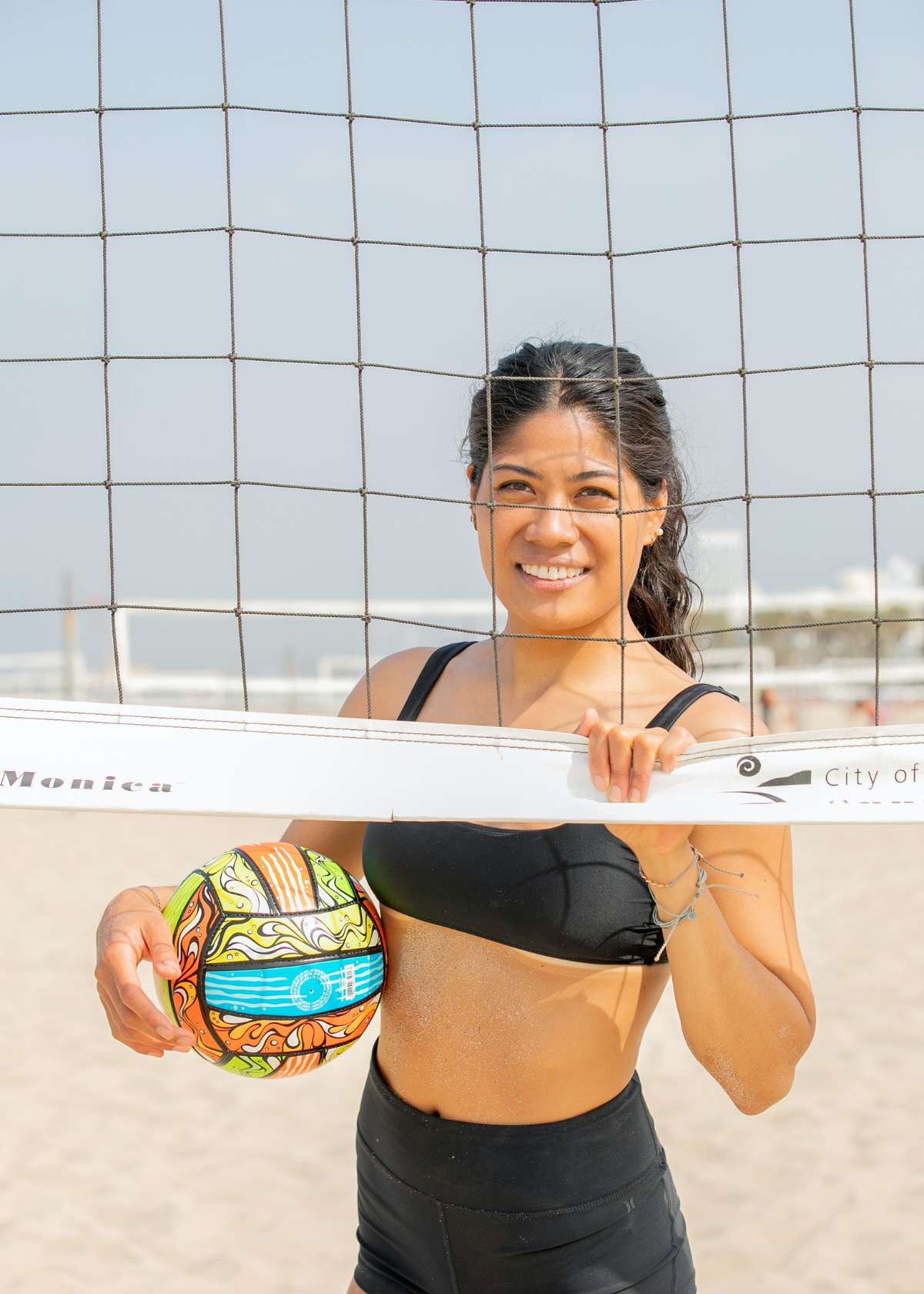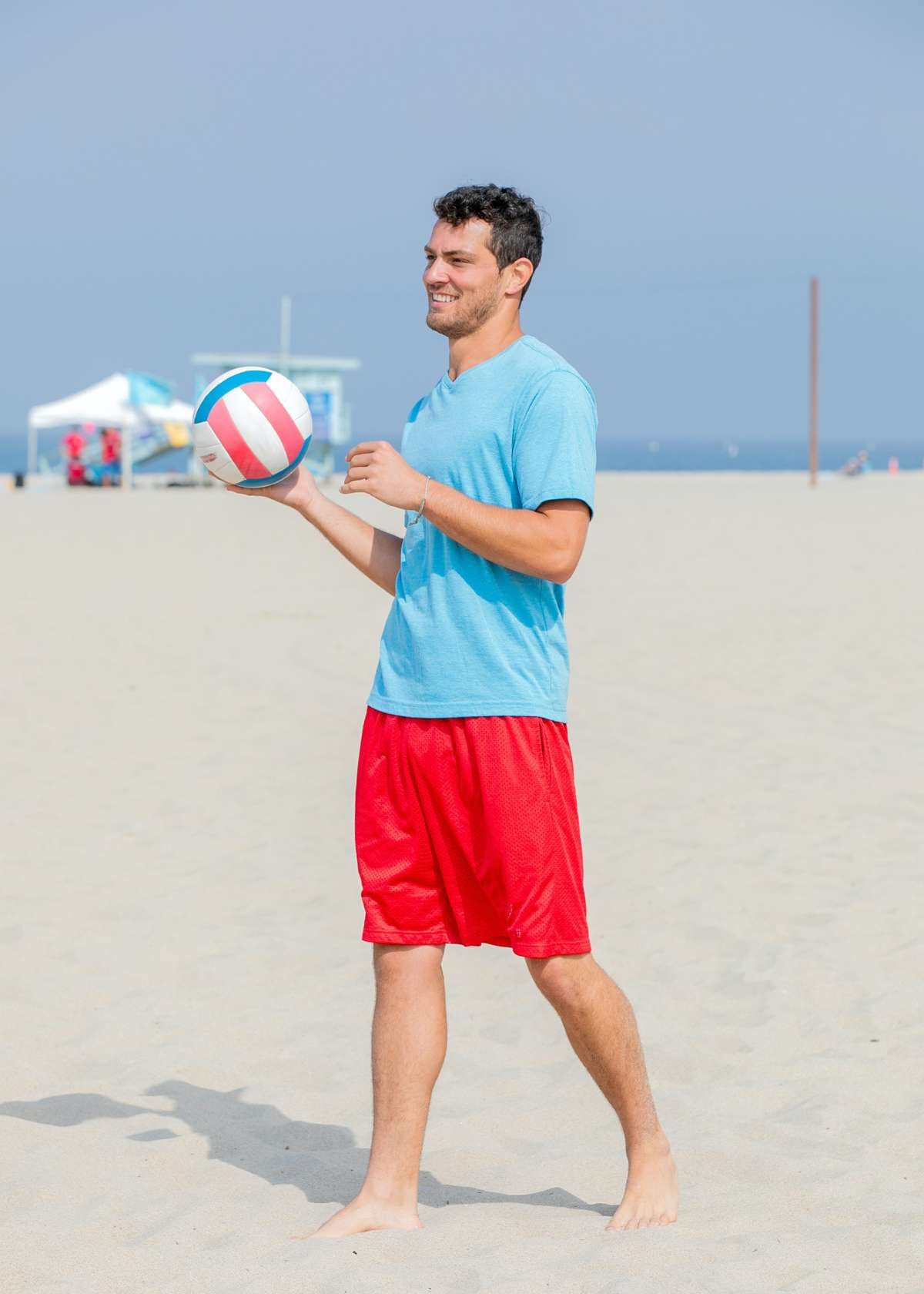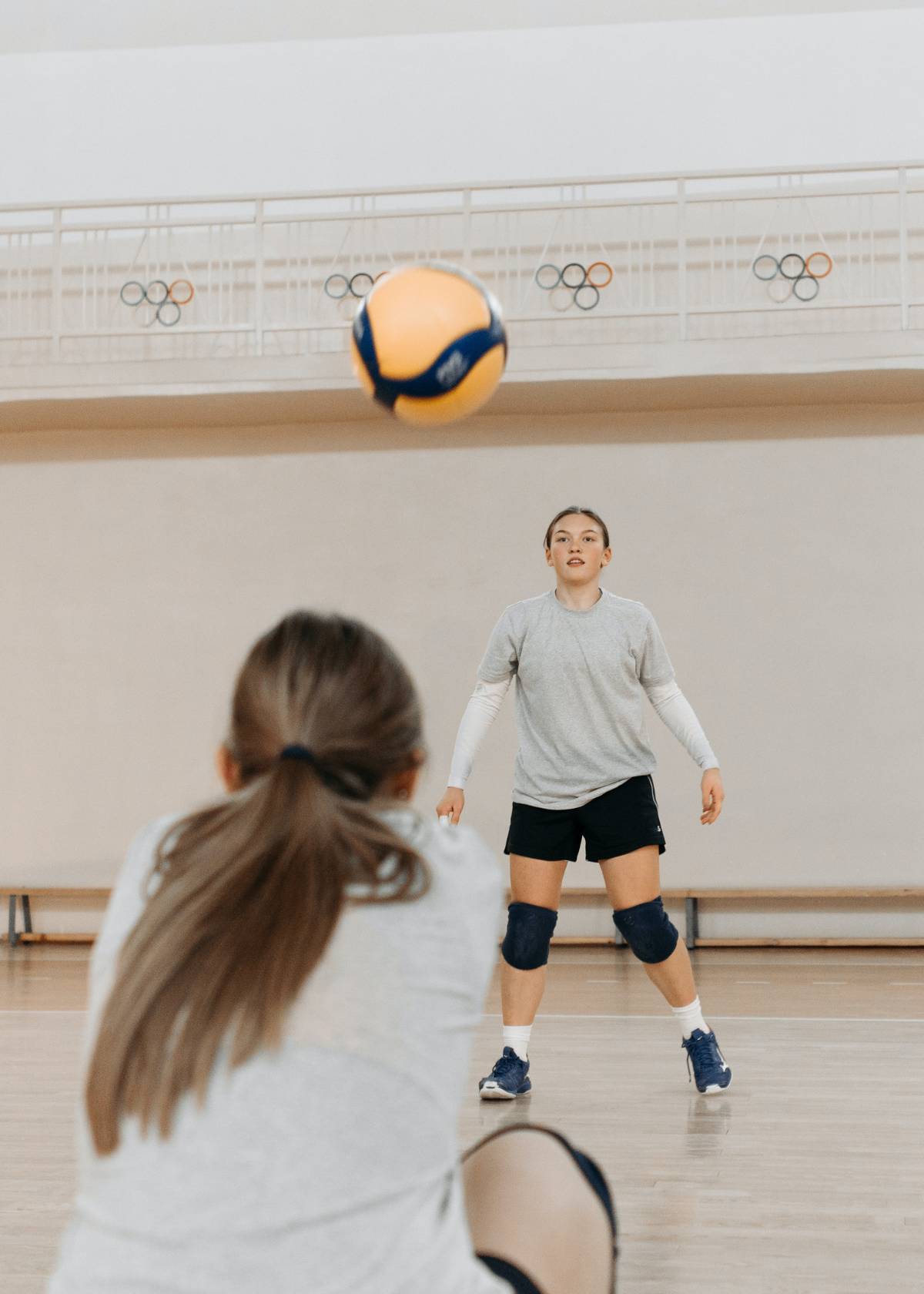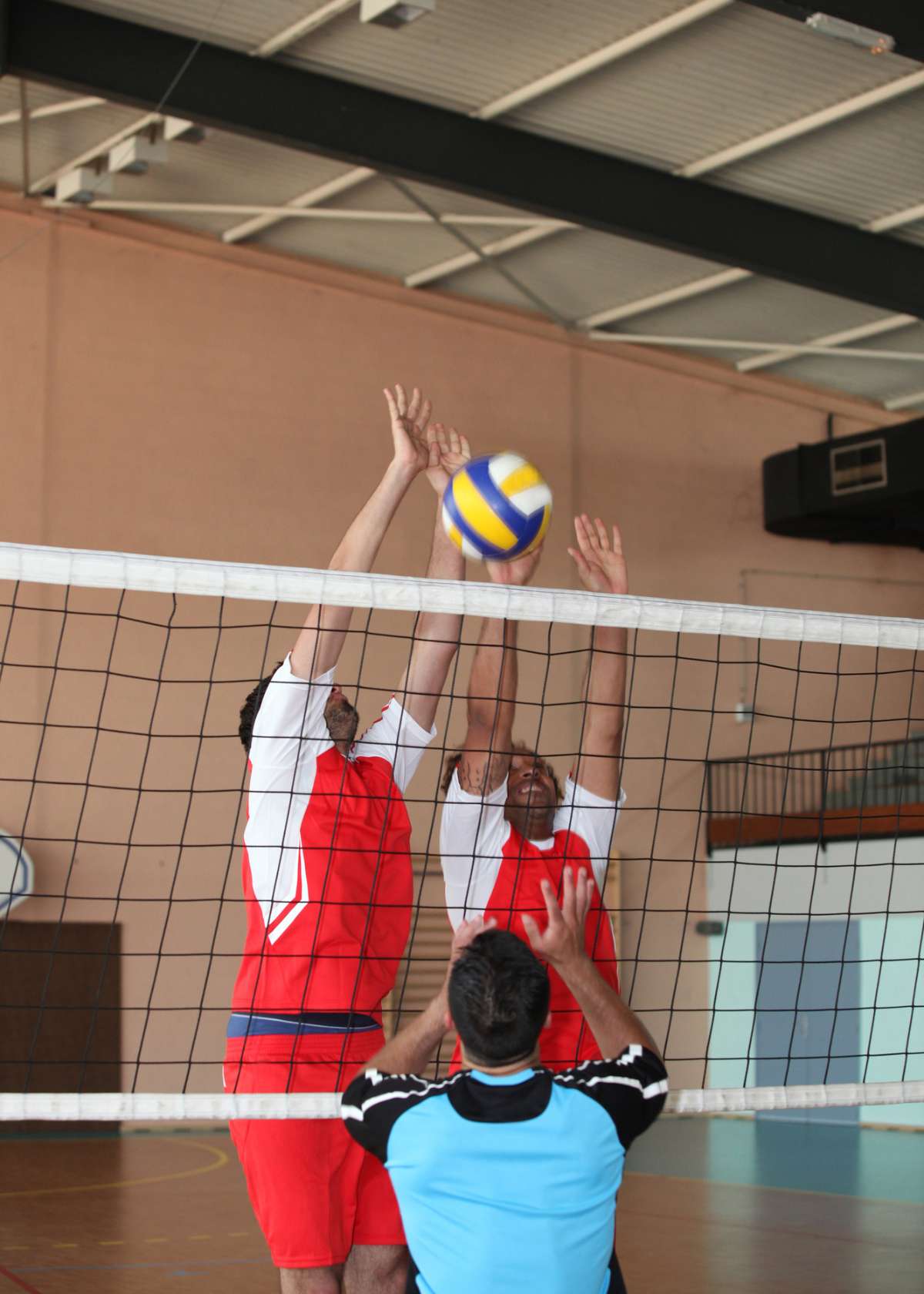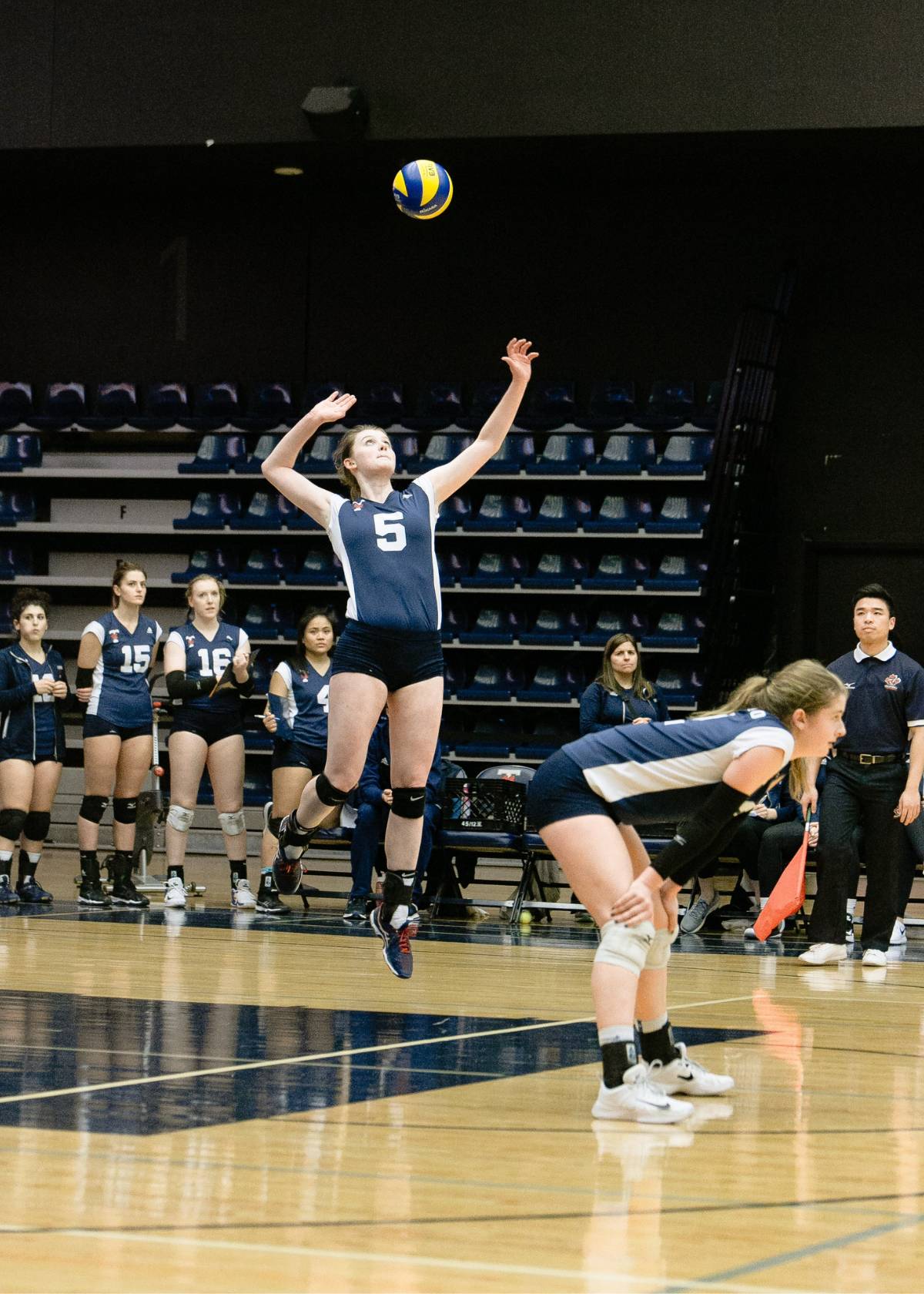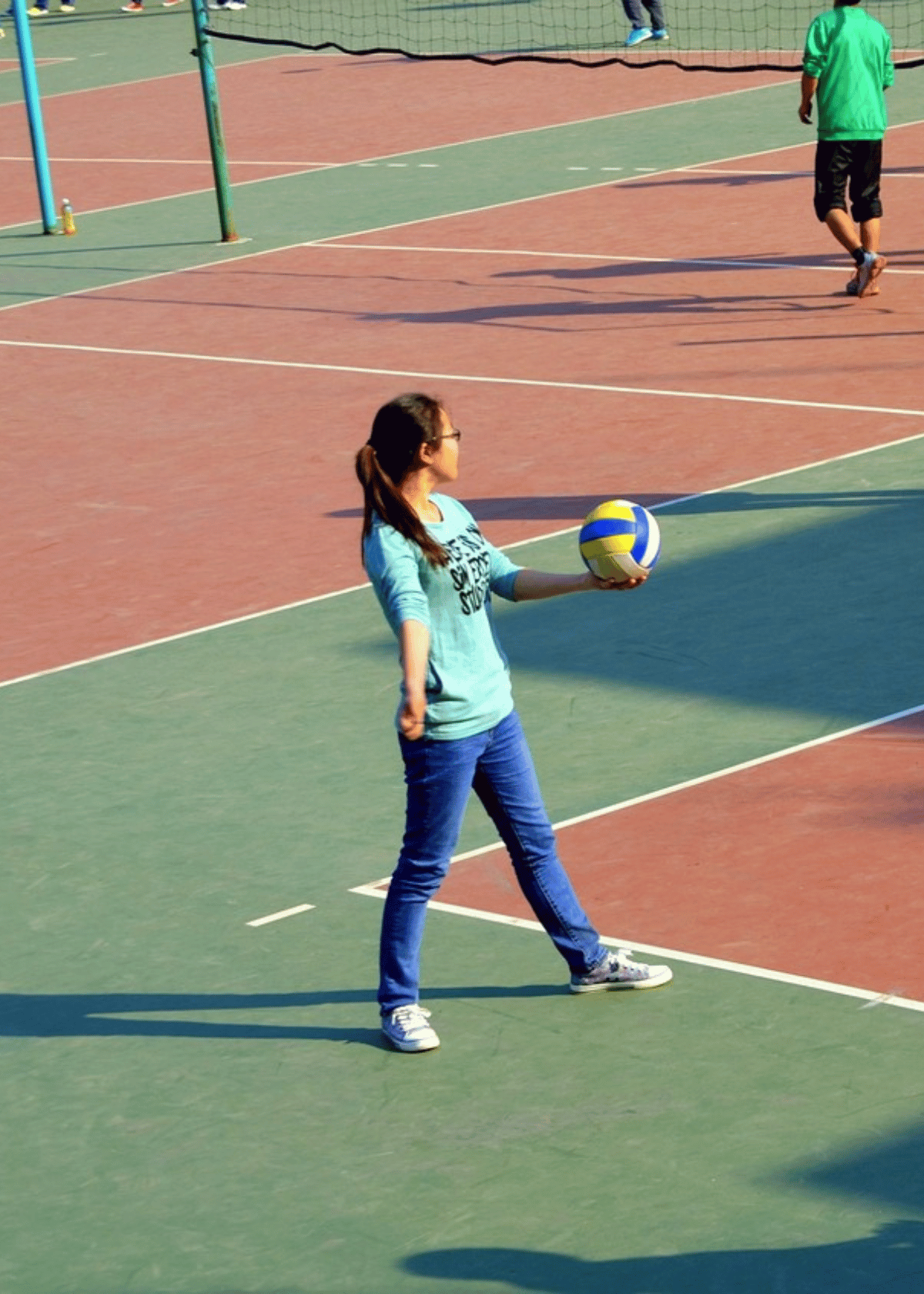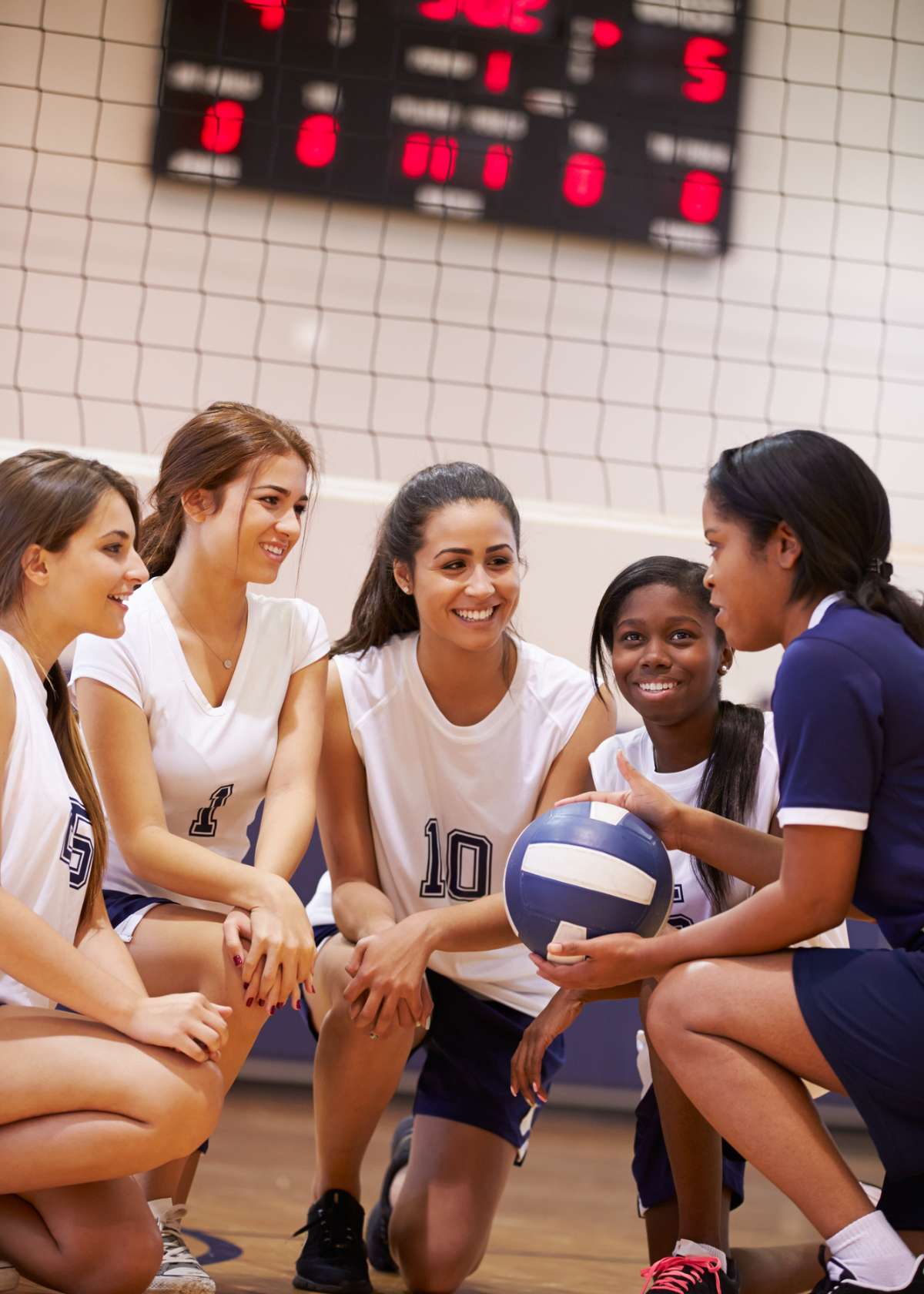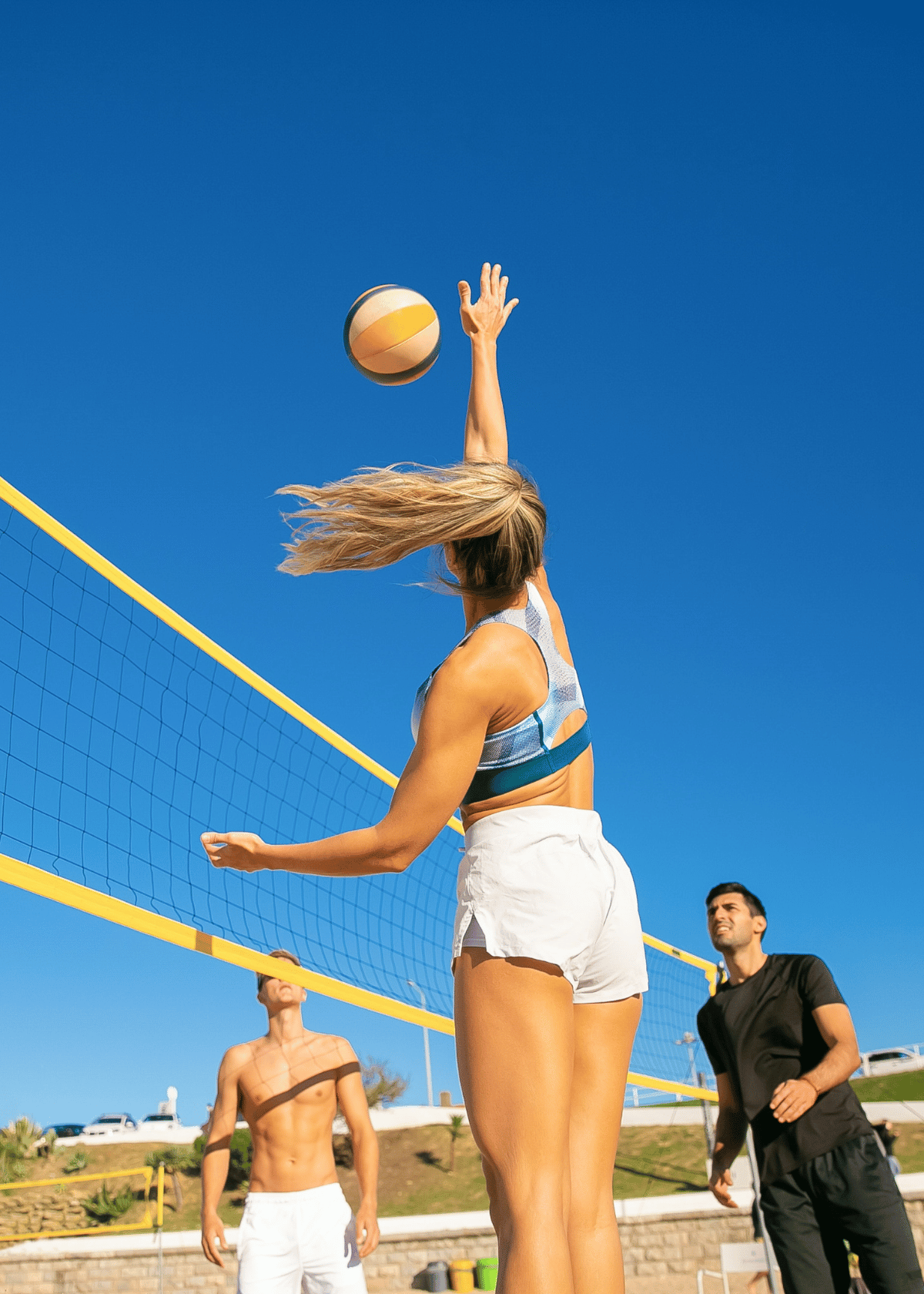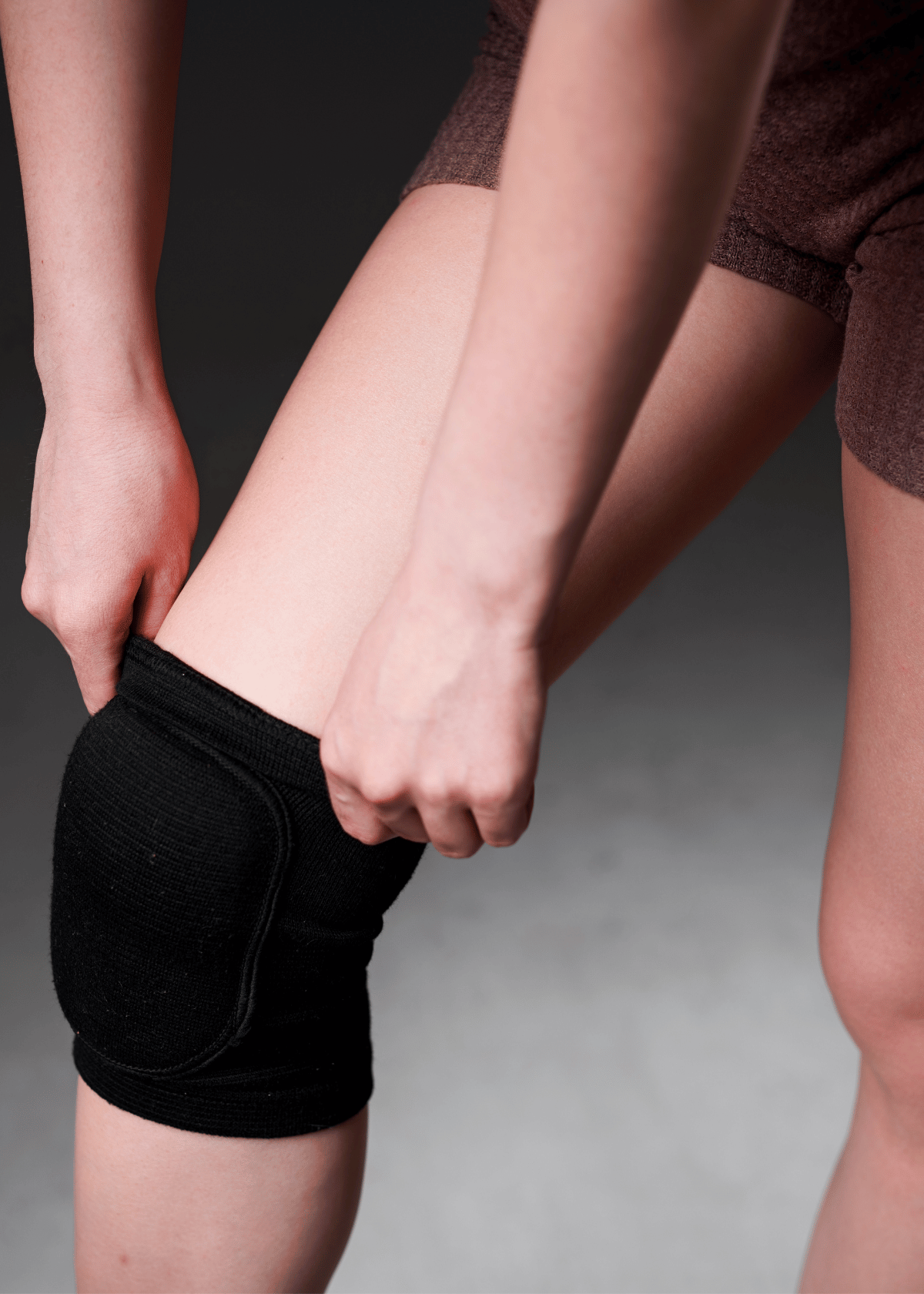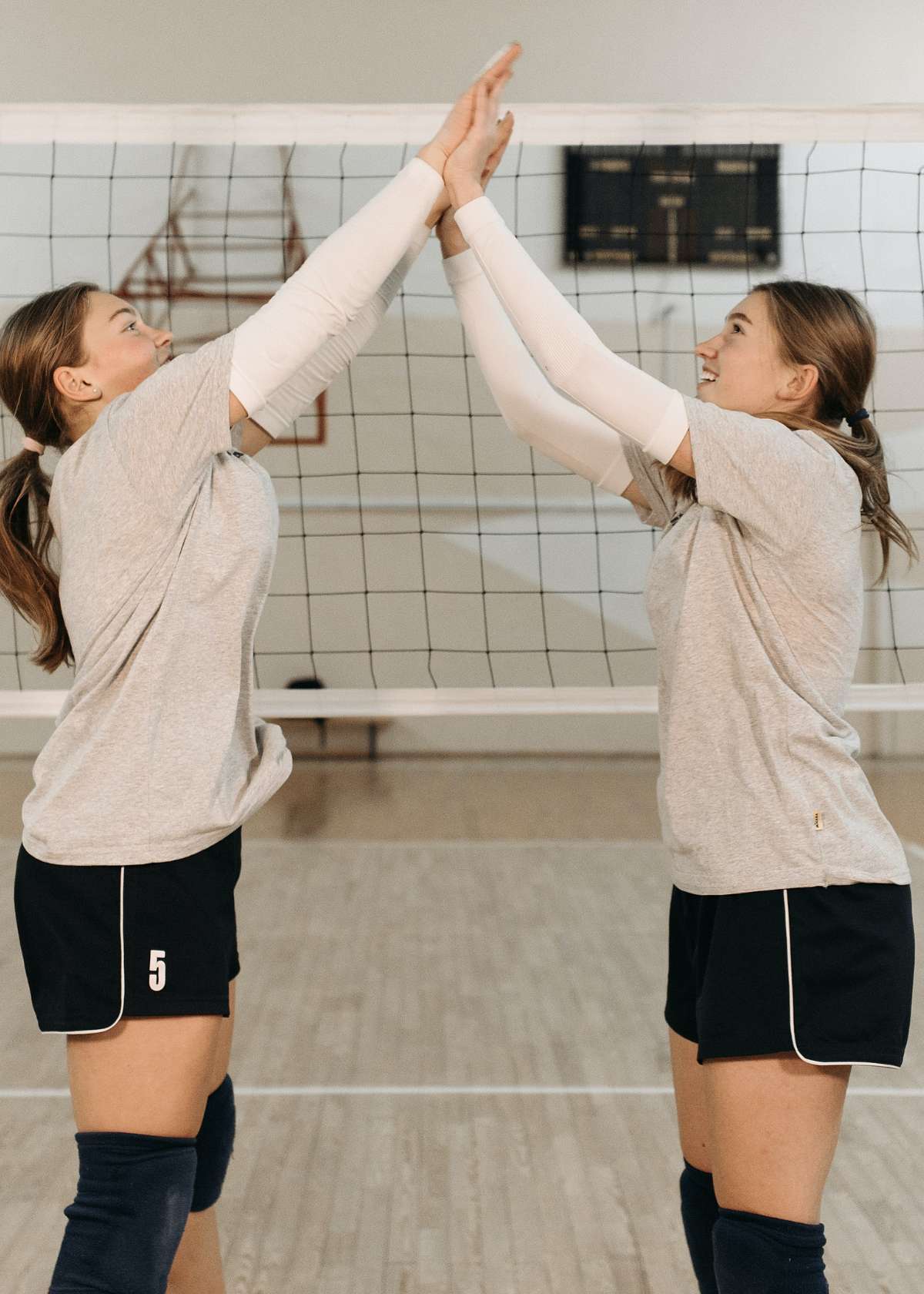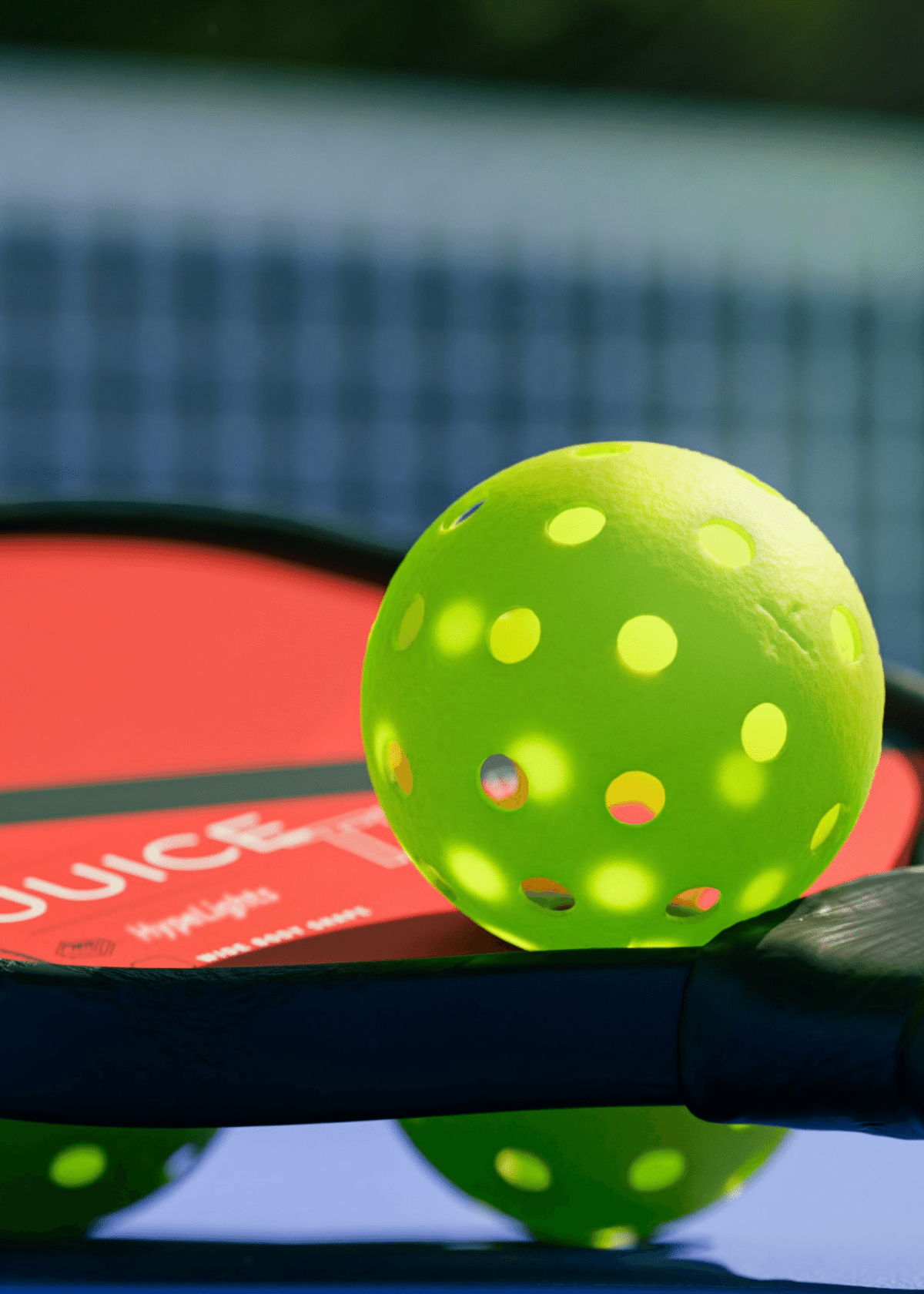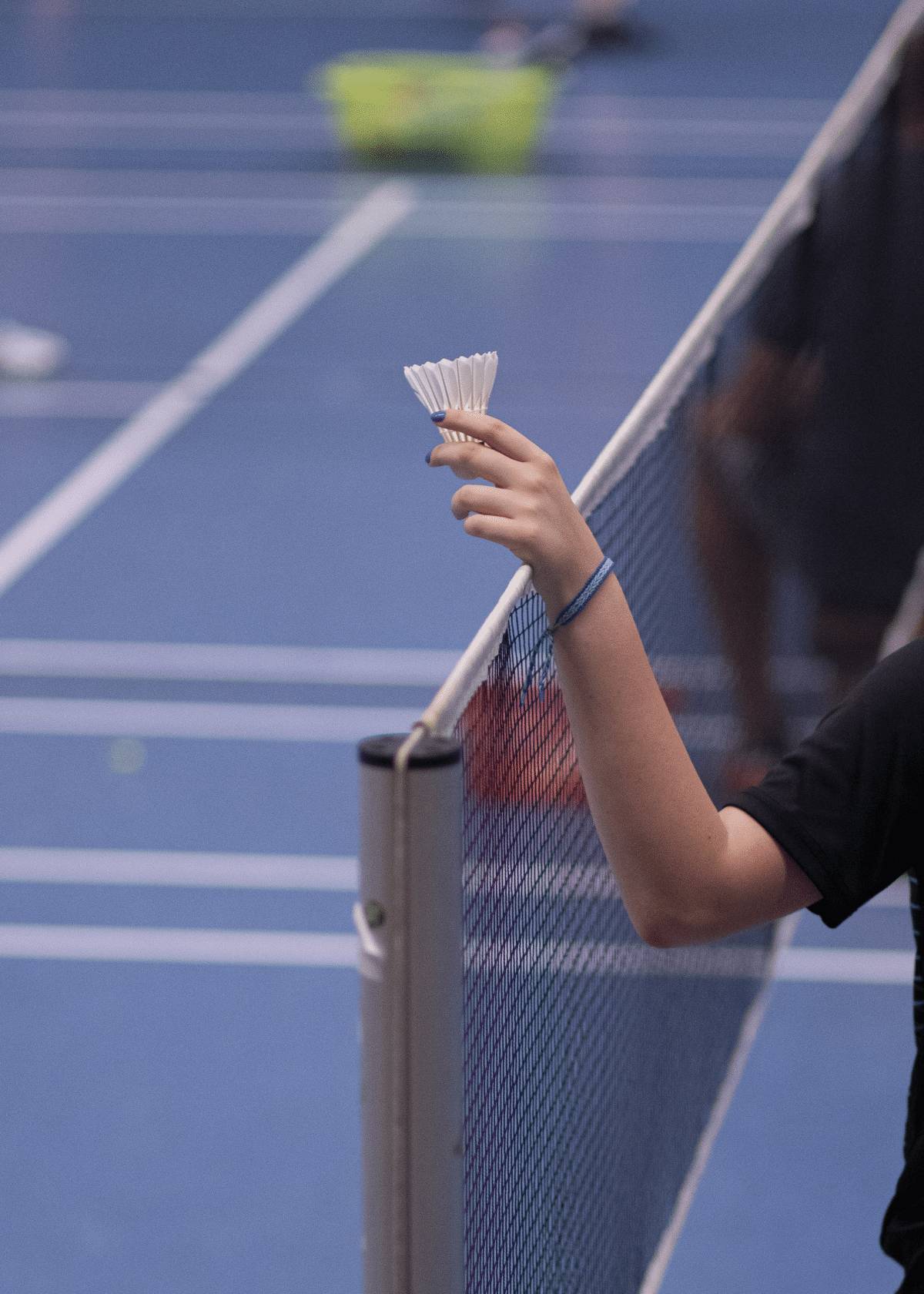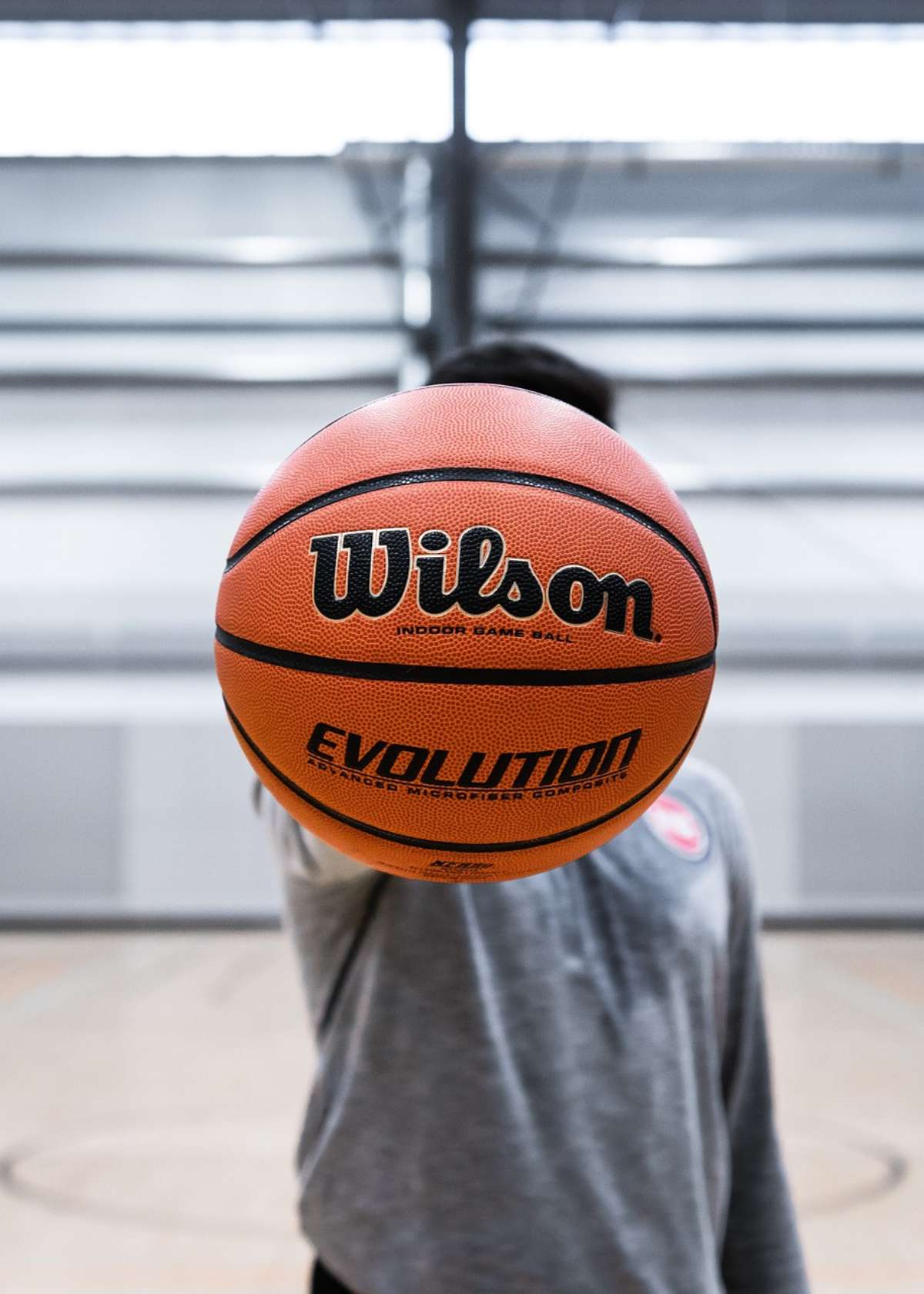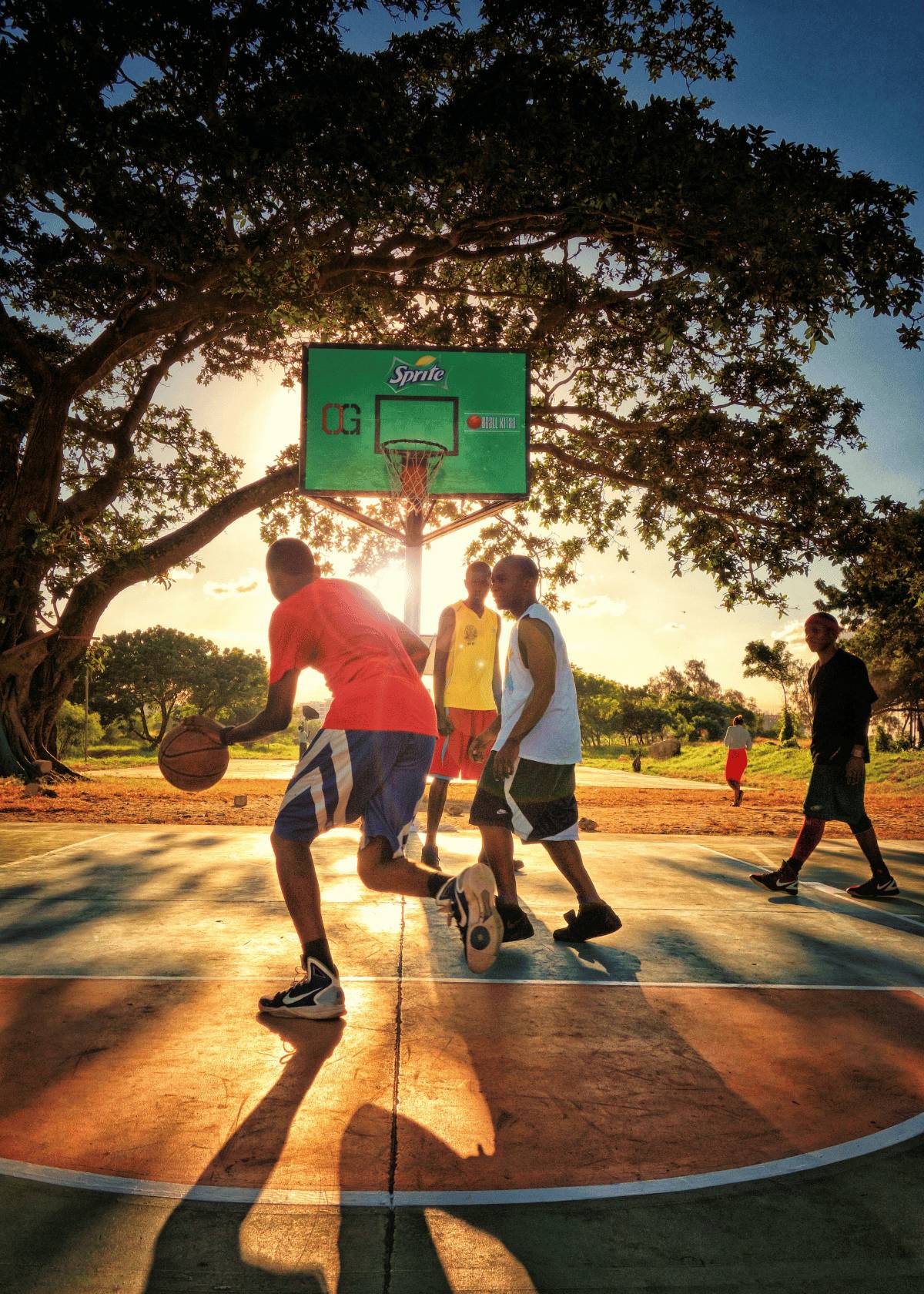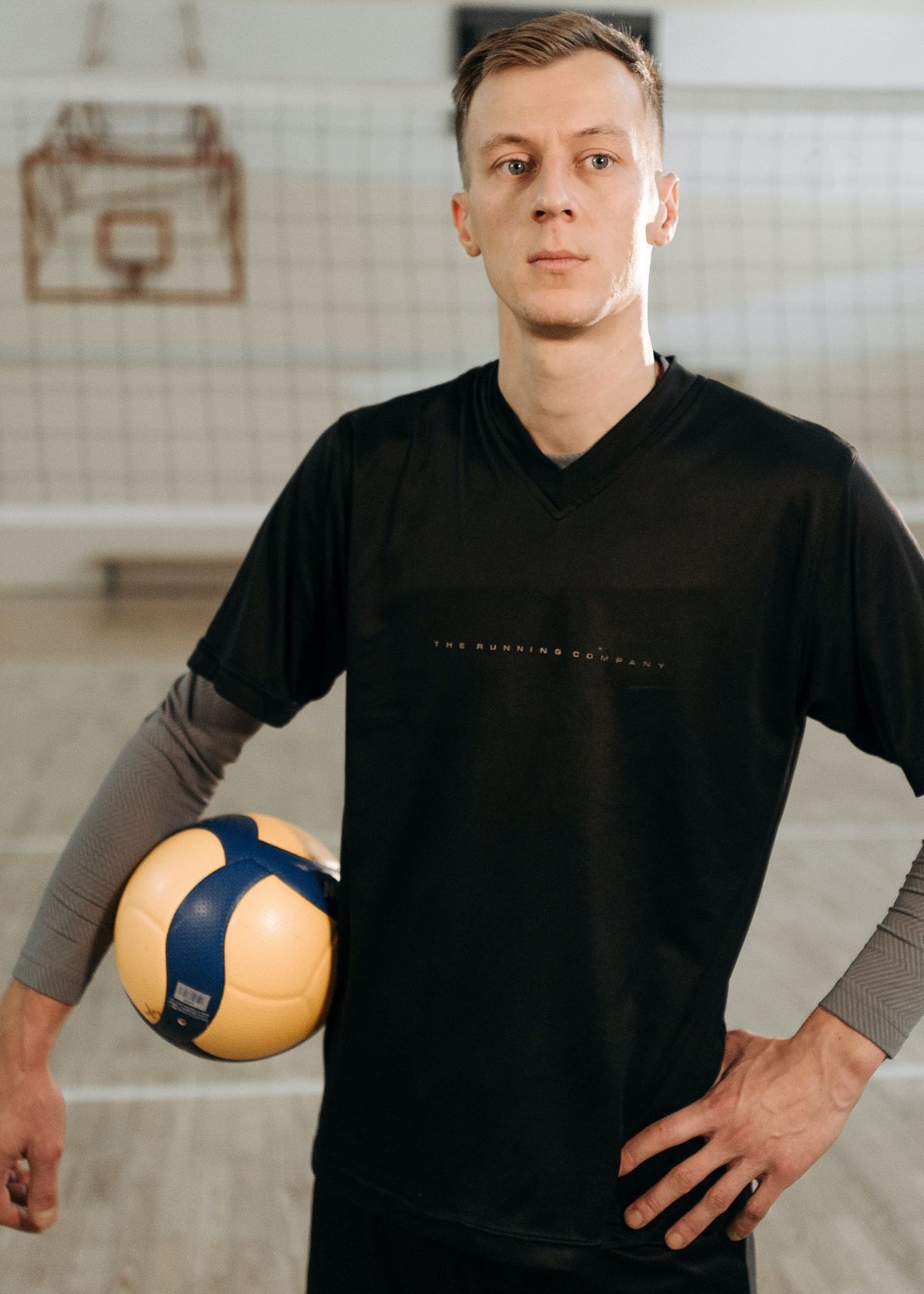Whether you’re a seasoned volleyball player or have just taken up the sport, having the right volleyball can make a world of difference.
Not only will it improve your game, but it will ensure you are playing safely and with the correct equipment.
But you may be asking, 'What volleyball should I buy to play the game?'
With so many different types of volleyball balls out there, how do you decide which one to choose? Read on to learn more about which type of volleyball is best suited for your needs and preferences.
Table of Contents
- Factors to Consider When Buying a Volleyball
- Indoor Volleyballs
- Outdoor Volleyballs / Beach Volleyballs
- The Lifespan of a Volleyball: How Long Does It Last?
- The Cost of Volleyballs: Why Are Some More Expensive?
- Where to Buy a Reliable Volleyball
- Conclusion
Factors to Consider When Buying a Volleyball
When choosing a volleyball, there are several factors that should be taken into account. Just like with any sports equipment purchase, different players will have their own needs and preferences. It is important to think about the following when buying a volleyball:
Cost
The price of a volleyball depends on its material, size, features, and brand. As such, a volleyball can range from anywhere between $5 to upwards of $50. It is important to determine your budget ahead of time and stick with it when shopping for a volleyball so you don’t overspend.
Material
The material of the volleyball will affect the feel, durability, and cost of the ball. Most volleyballs are made either of leather, rubber, or synthetic leather. Leather and rubber volleyballs are generally more expensive, but they also last longer than their synthetic counterparts.
Size
The size of the volleyball will determine how much control you have over your shots and passes. The standard size is between 25 and 27 inches in circumference, with a weight of 9-10 ounces for outdoor play and 8-9 ounces for indoor play.
Grip
When playing volleyball, it is important to have enough grip on the ball to be able to control the shots and passes. This means that you should look for a volleyball with a good grip, regardless of material or brand.
Brand
When buying a volleyball, it's important to keep in mind the brand you choose. Different brands offer different levels of quality and performance, so it is important to do your research and find a reliable brand.
By taking into account these five factors when buying a volleyball, you should be able to easily select the perfect ball for your needs. Next, we will go over the different types of volleyballs that are available.
Indoor Volleyballs
If you're ready to play volleyball, then the first step is finding the perfect ball! Luckily, when it comes to finding the volleyball that best suits you and your volleyball game, there are just two major types of volleyball balls: indoor and outdoor volleyballs.
Indoor volleyballs are made from synthetic leather or cloth and have a butyl rubber bladder inside. The exterior of the ball has 8 panels that are stitched together to create a pattern.
This type of volleyball is perfect for indoor play because it provides a good grip when players set, pass, and spike the ball. Indoor volleyball ball also tends to be lighter than other types, making them easier to handle during fast-paced games.
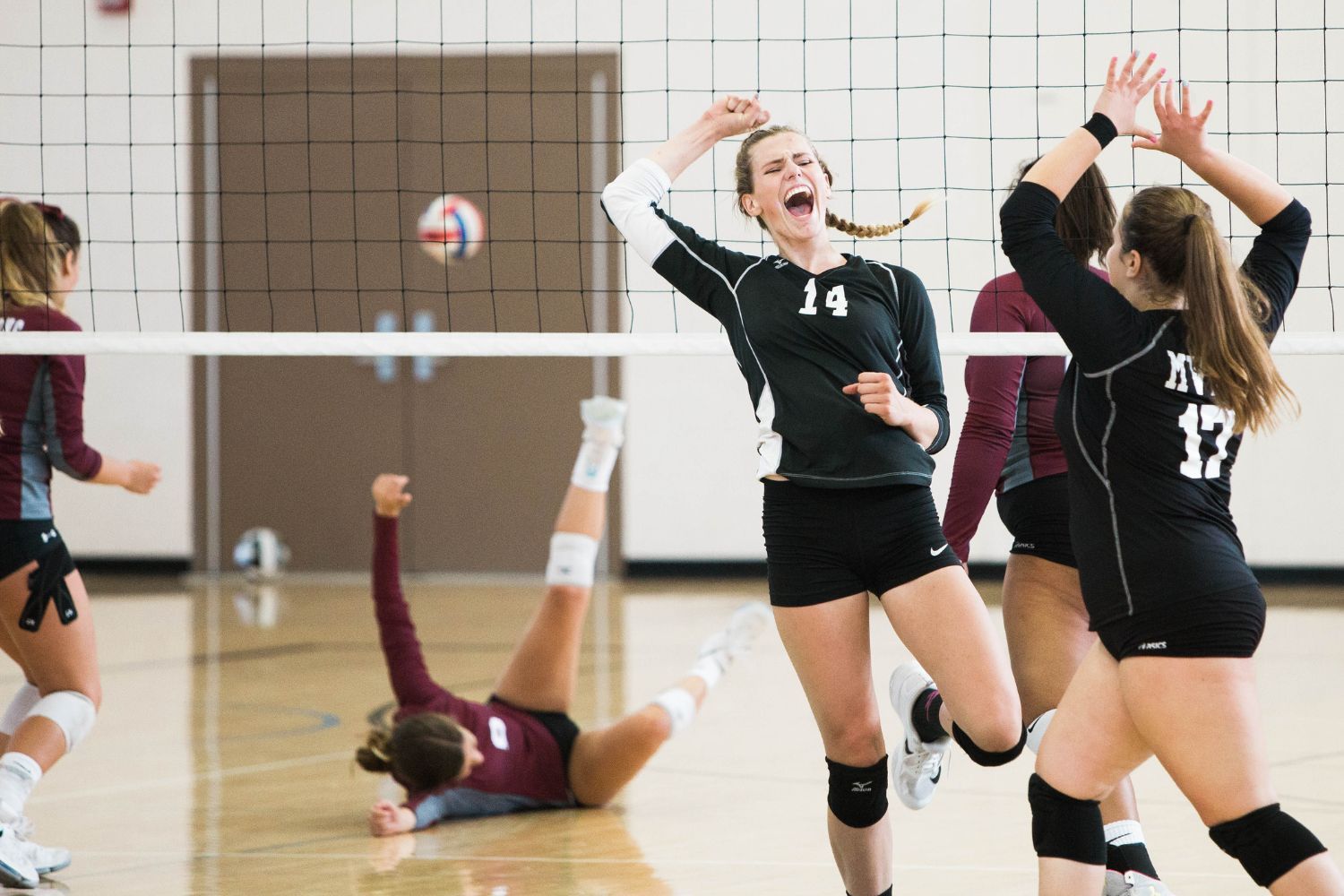
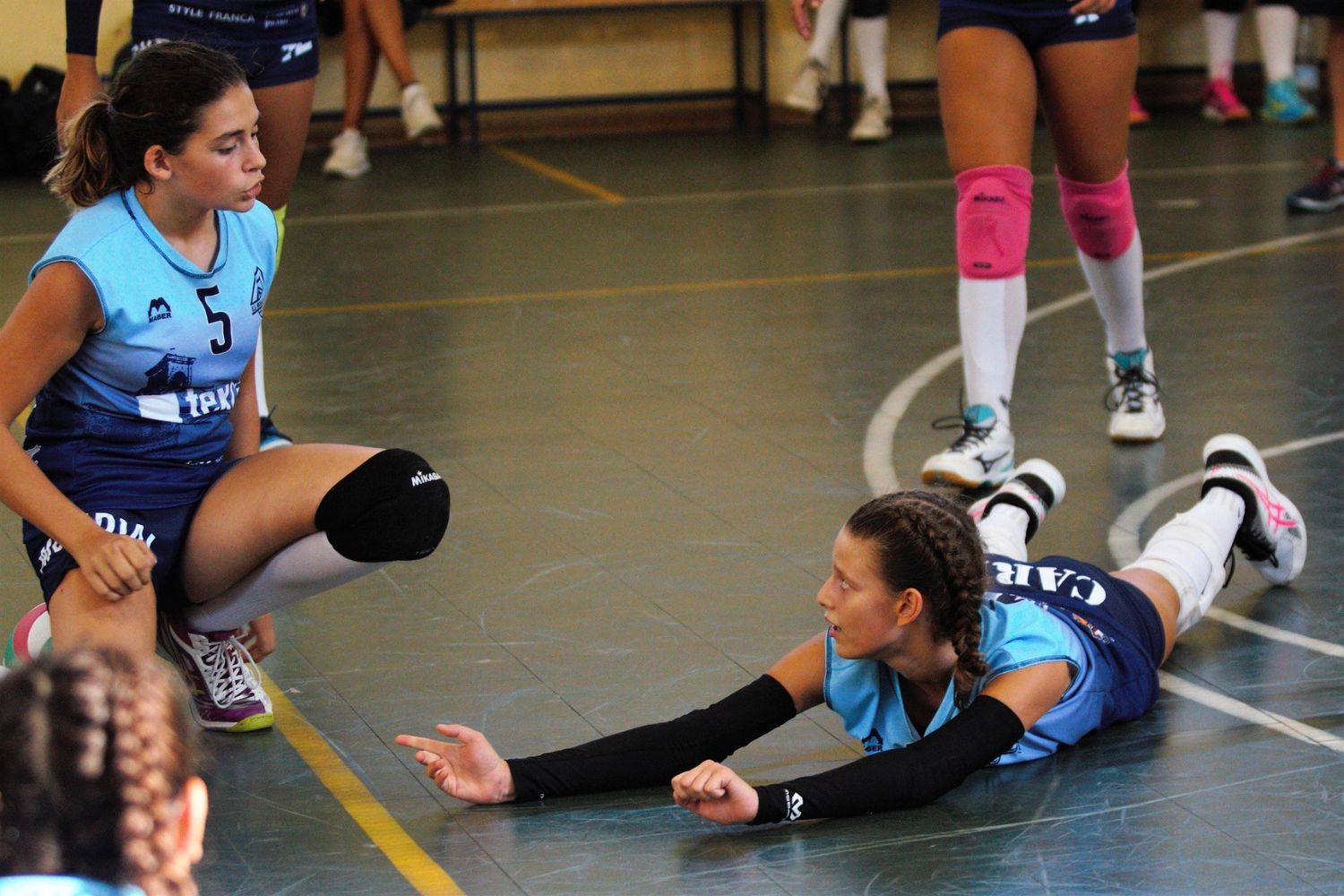
Official Game Ball
For the seasoned volleyball players out there, investing in a more expensive ball may be worth it as they often have better bounce, and durability and may even last longer.
The first type of volleyball to consider is an official ball. These balls are designed specifically for league or tournament play and feature a synthetic leather cover that helps regulate bounce and spin.
They also come in different sizes and weights depending on age level and gender, making them ideal for competitive play. Official game balls are usually more expensive than recreational balls, but their performance benefits make them worth the investment if you plan to compete at a high level.
Training Balls
Training balls are typically lighter than official game balls, making them easier to practice with and less likely to cause injury when hit or thrown hard.
These types of volleyballs are designed with recreational use in mind and are great for beginners who don’t want to invest in a more expensive ball until they get the hang of playing. Going with a training ball is great for young volleyball players who want to test their skills and up their game.
Training balls come in various sizes, colors, and price points, making them suitable for all budgets. Most training balls feature a synthetic leather cover as well as an interior bladder made from butyl rubber or latex foam that helps keep its shape once inflated. Training balls are ideal for casual games as well as drills and exercises during practice sessions.
However, these balls aren’t suitable for competitive play since they lack some features found in higher quality balls like properly balanced weight distribution and durable construction materials.
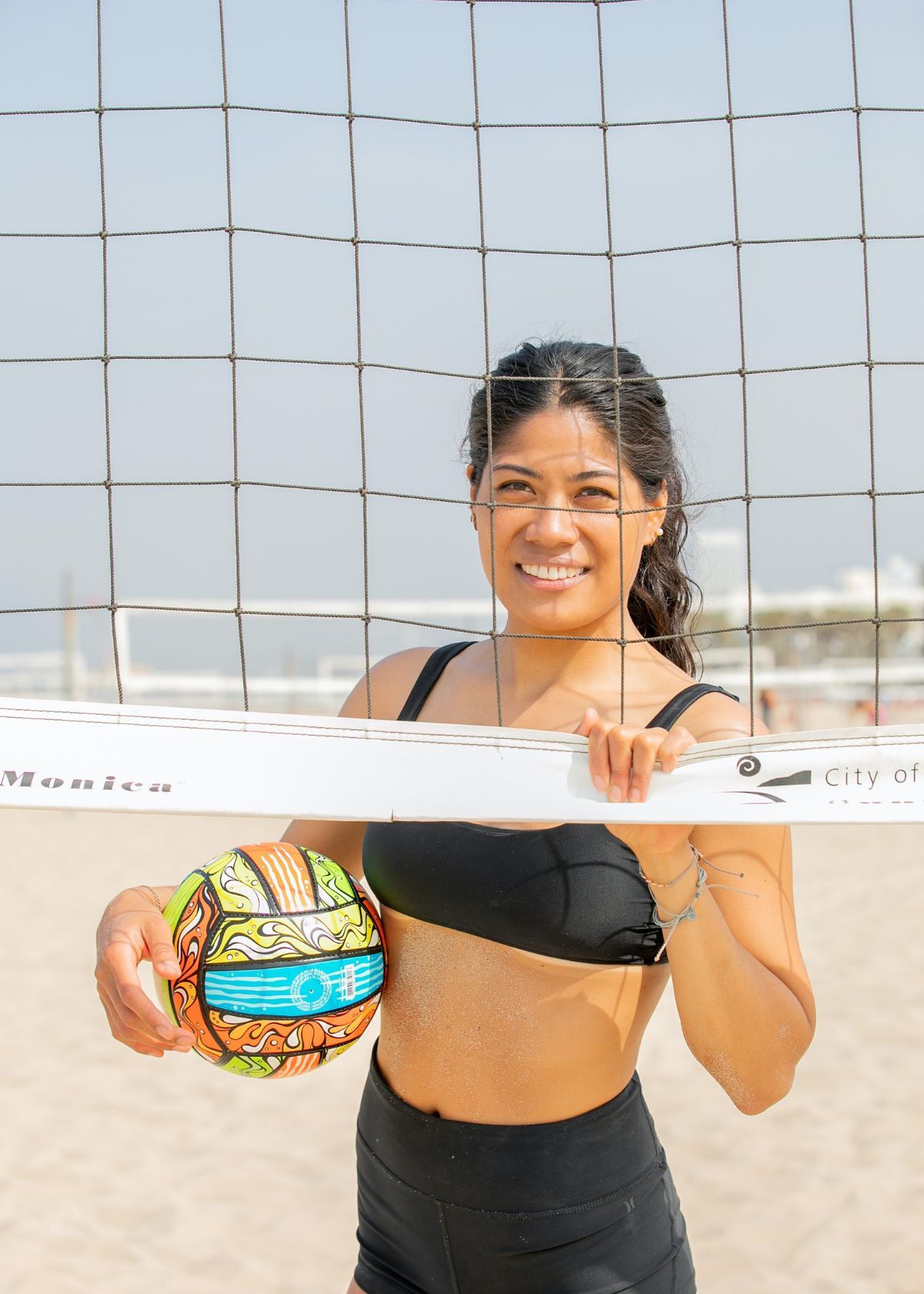
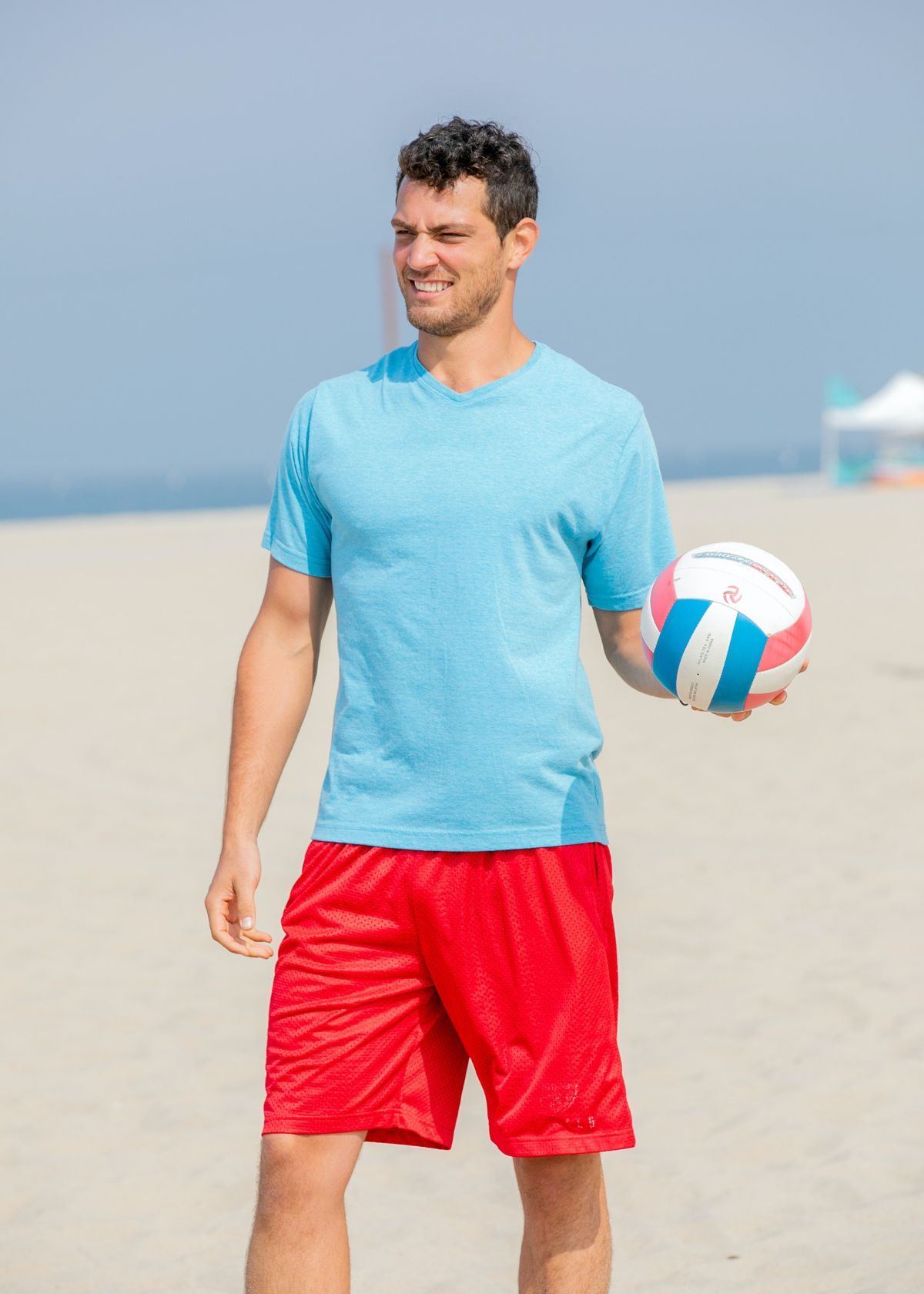
Outdoor Volleyballs / Beach Volleyballs
Finally, beach volleyballs are designed specifically for outdoor use on sand courts due to their extra durability and moisture-resistant coverings. If you’re more of an outdoor player, then beach volleyballs might be more your speed.
The most popular types of beach volleyball balls tend to be the Mikasa volleyball VLS300 series which features a soft composite leather cover that provides excellent grip even when wet or sandy and also Wilson AVP ball which not only is sturdy and reliable but holds up to the sun's UV rays, keeping it looking vibrant play after play.
Beach volleyballs tend to be slightly heavier and larger than other types of volleyballs due to their thicker covers which also help them remain inflated longer even when exposed to harsh weather conditions.
In addition, beach volleyballs have fewer panels (usually 6 or 8) and are made from a softer material like polyester or vinyl for better gripping capabilities in any weather conditions.
The Lifespan of a Volleyball: How Long Does It Last?
Typically, a well-maintained volleyball can last a few years. However, the lifespan can vary depending on how often it's used, where it's used (indoor vs. outdoor), and the quality of the ball.
High-end official game balls tend to last longer due to their higher-quality construction and materials. Training balls, on the other hand, usually don't last as long as they're designed for recreational use rather than competitive play. An outdoor volleyball's lifespan is also much shorter than an indoor ball since it is more exposed to the elements.
The Cost of Volleyballs: Why Are Some More Expensive?
The cost of volleyballs can vary widely based on several factors, including the brand, material, and intended use. Higher-end volleyballs, often used in professional matches, are typically made of premium materials and have features that enhance performance, hence their higher price tag.
Training balls are generally the cheapest since they don’t have many bells and whistles. Outdoor volleyballs may cost more than indoor volleyballs, simply due to their durability and resilience to the elements.
Where to Buy a Reliable Volleyball
Reliable volleyballs can be purchased from sports equipment stores, both physical and online. It's important to buy from reputable retailers to ensure you're getting a quality product.
We made reviews on both the best indoor volleyballs and outdoor volleyballs. You can find the links to our reviews below.
Conclusion
When it comes time to purchase a volleyball no matter what level of play you're looking for - whether it’s beginner or professional - there's something out there that suits your needs perfectly!
With this guide, hopefully, you now have a better understanding of which type will suit your needs best when searching for the perfect volleyball companion.
Official game balls provide unbeatable performance while training balls work great for casual games and practice drills alike.
And don't forget about beach volleyballs - they're made especially tough so they can withstand the elements found outdoors while still providing an optimal playing experience!
No matter what type of ball you choose, make sure it meets your specific requirements so that you can get the most out of every match!
Explore our wide range of volleyball and sports & fitness articles!
